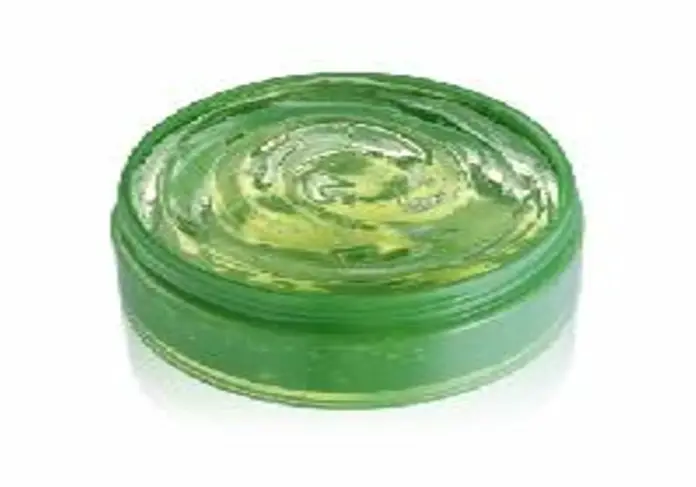Researchers from Pohang University of Science and Technology (POSTECH) and Dong-A University Hospital have introduced an innovative solution for treating retinal detachment using an artificial vitreous body derived from seaweed gel.
Retinal detachment is a serious eye condition where the retina detaches from the eye wall can lead to vision loss if left untreated. Existing treatments involve replacing the vitreous body with fillers which may have drawbacks and side effects.
To address these challenges, researchers turned to alginate which is a natural carbohydrate found in algae known for its thickening properties. By modifying alginate, they developed a unique gel formulation that mimics the properties of the natural vitreous body.
The seaweed gel offers remarkable safety and optical properties similar to those of the natural vitreous body. Its elasticity facilitates fluid management within the eye stabilizing the retina and preventing the formation of air bubbles crucial for maintaining ocular stability.
Trials conducted on rabbits which have similar ocular anatomy to humans demonstrated the gel’s effectiveness in preventing retinal detachment and maintaining ocular stability without adverse effects.
With retinal detachment cases on the rise especially among young people with severe nearsightedness, the researchers aim to further enhance the hydrogel technology for practical use in eye care. They believe that the seaweed gel could revolutionize vitreoretinal surgeries and contribute significantly to the global market for intraocular fillers.
The development of seaweed gel as an alternative treatment for retinal detachment represents a significant breakthrough in ophthalmology. With its exceptional properties and promising results, the seaweed gel offers new hope for preserving eyesight and improving outcomes for patients with retinal detachment.







